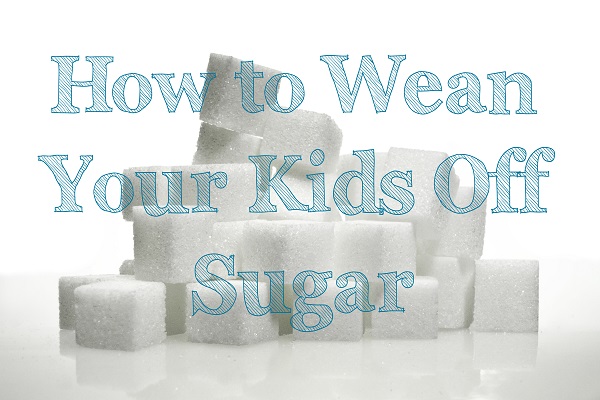Note: I am not a nutritionist. I am simply a mom who noticed her kids were eating too much sugar and decided to do something about it. Ask your child’s pediatrician if you have any questions about your kid’s growth and development.
1) Watch what YOU eat.
I had (have?) a serious sweet tooth. Doesn’t matter if it’s cupcakes (my treat of choice), brownies, cinnamon rolls, or cookies. After I eat something savory, I need a dash of something sweet to wash it down. But giving myself dessert every day made it harder for me to tell my kids they couldn’t have dessert every day. They were simply modeling what they saw. I had to model better behavior first, which meant leaving the Oreos on the shelf at the grocery store and talking about how delicious apples taste.
2) Look at serving sizes.
I thought yogurt was a pretty healthy choice for my kids ’til I realized that one tube of Gogurt had about 10 grams of sugar. Geez! Some days my kids would have two tubes (one at lunch and one at dinner). So that’s 20 grams of sugar before you even look at what they were drinking (see next point) or what other sugar might be in their breakfast cereals. Cutting back on items you know contain more sugar is one of the quickest ways to decrease the amount of sugar your kids consume.
3) Cut out juice completely (or as much as you can).
My husband kept buying this delicious juice from Sam’s Club that I simply loved. But then one day I happened to glance at the label: high fructose corn syrup, sugar AND Splenda? How many different sweeteners does one juice need? From that day on, I quit bringing that brand of juice in my house and declared that our house would be a juice-free zone (for the most part). I started by watering down their juice—about 80% juice/20% water and then gradually increasing the amount of water versus juice each day. Two weeks later the “juice-water” (as I call it) was mostly water and from there, it wasn’t that hard to just give them water and call it a day. I give the kids apple cider in the fall, but for the most part, they’ve adapted to water quickly.
4) Read ingredient labels.
If I’m scanning the label and sugar is in the top one or two ingredients, then I don’t buy it. This makes shopping somewhat difficult because damn near everything has sugar in it! But like my juice example above, many products have multiple listings for sugar, but it’s not always easy to tell what they are. Here are a few other sugar listings to look out for: corn syrup, dextrin, dextrose, fructose, fruit juice concentrate, high-fructose corn syrup, galactose, glucose, honey, hydrogenated starch, invert sugar maltose, lactose, mannitol, polyols, sorghum, sucrose, sorbitol, turbinado sugar, and xylitol.
5) Get closer to the source.
If you’re eating Pop-Tarts…know that it’s junk. And a little junk here and there isn’t that bad. But if EVERYTHING you eat comes from a box and has an ingredient list that has more than 20 hard-to-pronounce ingredients, you’re probably eating more sugar than you need to. Instead of a Marie Callendar’s apple pie slice, maybe cook up an apple with a little cinnamon on it. I once heard someone say that your great-grandmother should be able to recognize the food that you’re eating. (Would she recognize Twinkies? I doubt it. LOL)
6) Cut back SLOWLY.
If you know your kids eat too much sugar, don’t just throw away all the junk food in one sweep. It’s tempting, but sugar cravings are a dangerous beast. Instead, cut back slowly. Instead of the usual three Oreos, give your kids two. Instead of 1/2 cup of sugar in the Kool-Aid, try 1/3 of a cup. Slowly, you will adjust to the taste of less sugar. Cutting out sugar all at once will probably lead to binging later on down the road. Save yourself the headache and work slowly toward your goal of less sugar!
Have you ever thought about cutting back on sugar? How did you do it?






